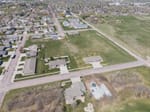Editor’s note: This article, the first in an ongoing series on the 2020 election, was produced through a partnership between South Dakota News Watch and the Solutions Journalism Network, a national non-profit group that supports rigorous journalism about responses to problems.
The people who will operate and oversee the 2020 general election in South Dakota are highly confident that the vote for president, Congress, legislative seats and statewide ballot measures will be done fairly, accurately and in a timely manner without a risk of fraud.
Despite concerns raised by President Donald Trump and others who have questioned the legitimacy of widespread absentee voting by mail, all South Dakota county auditors who responded to a South Dakota News Watch poll say they believe the 2020 election in South Dakota will be fair and accurate.
The 25 auditors who responded to News Watch by email were unanimous in their answers on several questions, including their conviction that absentee voting can be done fairly, that in-person voting on Nov. 3 can be done safely, and that results from the election will be accurate. All auditors said they have experience in managing voting by mail, and most said they are taking extra steps to ensure an orderly and safe election. Many also said it is costing more to run the election this year.
Record numbers of voters in South Dakota and across the country are expected to cast ballots by mail this year, mostly over concerns about exposure to the potentially deadly coronavirus while voting in person in November but also for the convenience of voting early from home.
South Dakota Secretary of State Steve Barnett said that as of Sept. 9, the state had received 108,580 applications for absentee ballots, representing about 20% of the state’s roughly 558,000 registered voters. Ballots will be sent to voters starting on Friday, Sept. 18 and absentee voting begins that day. The deadline to register for the general election is Oct. 19.
The 2020 general election will bring a variety of challenges for elections officials. In addition to processing far more absentee ballots, auditors who are the ground-level, local operators of elections in South Dakota must prepare safe environments for in-person voting amid a pandemic.
In the News Watch survey, a wide majority of auditors said they do not foresee delays in reporting of election results even though they predict higher turnout. Two-thirds of auditors said they are offended by the national political rhetoric that has called into question whether the American electoral system can operate efficiently and produce accurate results amid the pandemic.
Minnehaha County Auditor Bob Litz said the integrity of the election is driven by the integrity of the people who are part of the process.

“I’ve got really good people, Republicans and Democrats, working with each other, and they’re not going to let anything happen,” Litz said. “There’s not going to be any shenanigans.”
Barnett said the groundbreaking decision to mail absentee ballot applications to all registered voters in South Dakota in April was an attempt to give voters the opportunity to vote without the risk of going to polling sites where they could be exposed to coronavirus.
The move had a significant impact on voting during the June primary, Barnett said. The percentage of votes cast as absentee rose from about 14% in the 2016 primary to 58% in the 2020 primary.
Furthermore, Barnett said, overall voter turnout rose after voters received the application in the mail. He said the applications put voting on their radar, and many voters realized for the first time the convenience of voting absentee. Voter turnout rose to 28% in the 2020 primary compared with 26% in the 2018 primary and 22% in the primary in 2016, Barnett said.
“If you really want to dive down into it, I would argue that those forms we sent out helped drive that higher turnout,” Barnett said in an interview with News Watch. “It was probably not on the front of most people’s minds, but when it was mailed to them they said, ‘I think this is something I could take advantage of.’”
Barnett said he is confident that the election process will be fair and accurate even with a record number of absentee ballots being filed, most sent in by mail.
“I’m comfortable with the safeguards we have in place,” he said, referring to the signature-checking and ID-confirmation processes used by elections officials. “It’s little archaic, but in my mind, it’s pretty secure.”
Video: Experts discuss upcoming election
On Sept. 16, South Dakota News Watch hosted a virtual town hall in which three election experts shared their thoughts, concerns and assurances about the 2020 general election in South Dakota. In the one-hour discussion, accessible through this link, Secretary of State Steve Barnett, Minnehaha County Auditor Bob Lisk and League of Women Voters president Amy Scott-Stoltz talk about the upcoming election, the high number of absentee ballots expected to be case, and the safety of in-person voting. Absentee voting has begun; Election Day is Nov. 3.
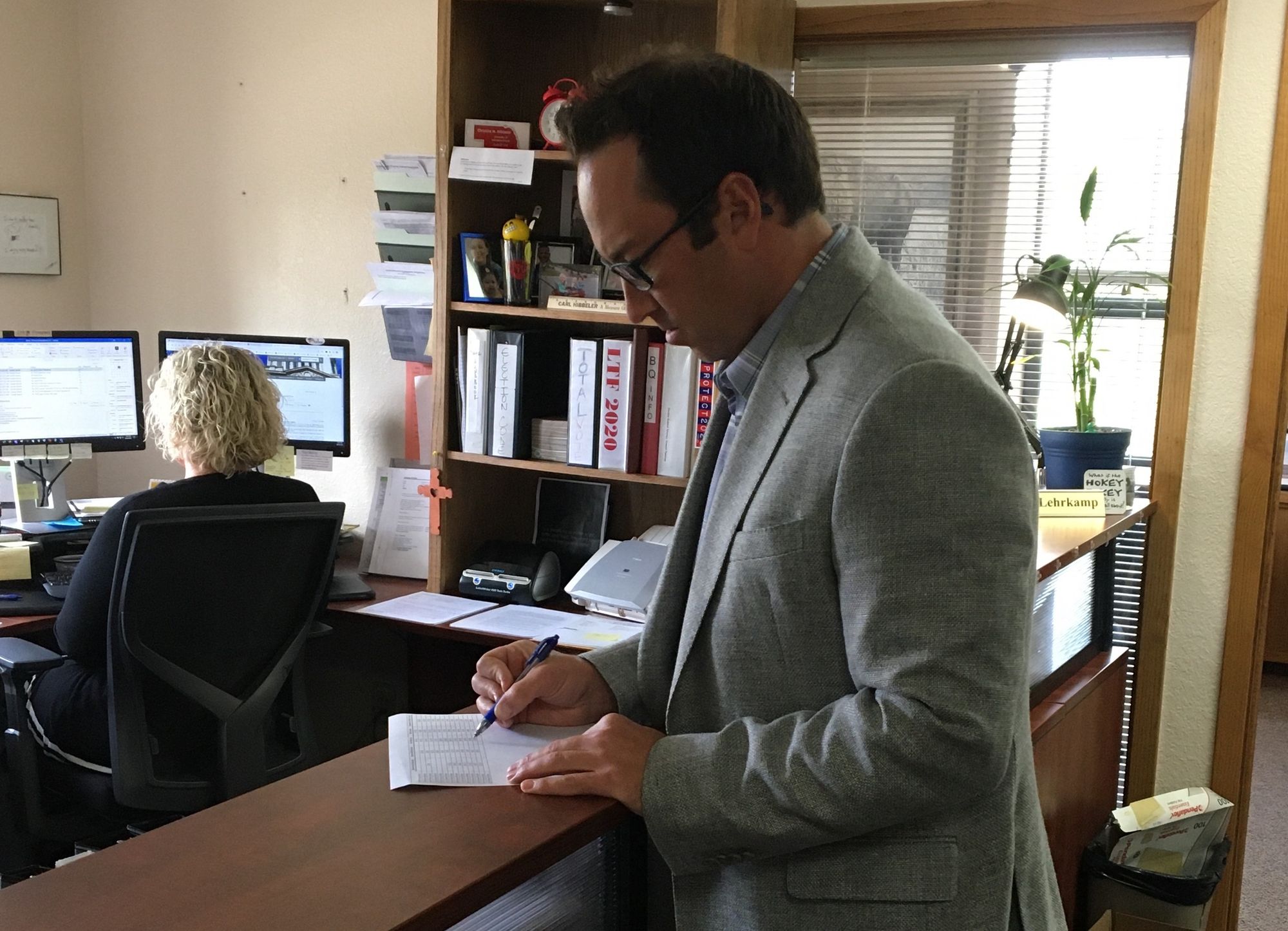
Barnett said he is also confident that the U.S. Postal Service can handle the increased number of absentee ballots filed by mail, though he warned voters not to wait till the last minute to request their ballots or delay sending them in once filled out. Trump and others have questioned whether the postal service can be trusted to properly handle high levels of mail-in ballots.
“The way I understand it, it’s like Christmas cards at Christmastime in that we know these are coming,” Barnett said. “You’ve got the 46 days to early vote, so do your best as a voter to allow some adequate processing time on the front end and the back end.”
Kea Warne, elections director in the Secretary of State’s office, said she expects the 2020 general election will be run more efficiently than the primary in June because recently elected auditors will have gained experience from running an election and because about half of the counties used new tabulating machines for the first time in the primary.
“There was a learning curve,” Warne said. “I’m pretty confident that it will be a little smoother because for some of these auditors, it was their first election during the primary and that newness won’t be there for them in November.”
On Aug. 31, Gov. Kristi Noem said she had not heard about any problems cropping up in the run-up to South Dakota’s general election.
“I haven’t had a discussion with Steve Barnett about what this looks like for his office,” she said in an interview with the Sioux Falls Rotary.
Noem said she has heard stories from other states “that are a little scary,” such as someone receiving six ballots at their home, but she was unable to provide any evidence of election fraud in South Dakota or elsewhere.
Miner County Auditor Susan Connor said she is highly confident that the 2020 general election can be conducted with integrity in spite of any challenges presented by the pandemic.
“South Dakota county auditors take great pride and many measures to ensure that all elections are conducted fairly and accurately,” Connor wrote to News Watch.
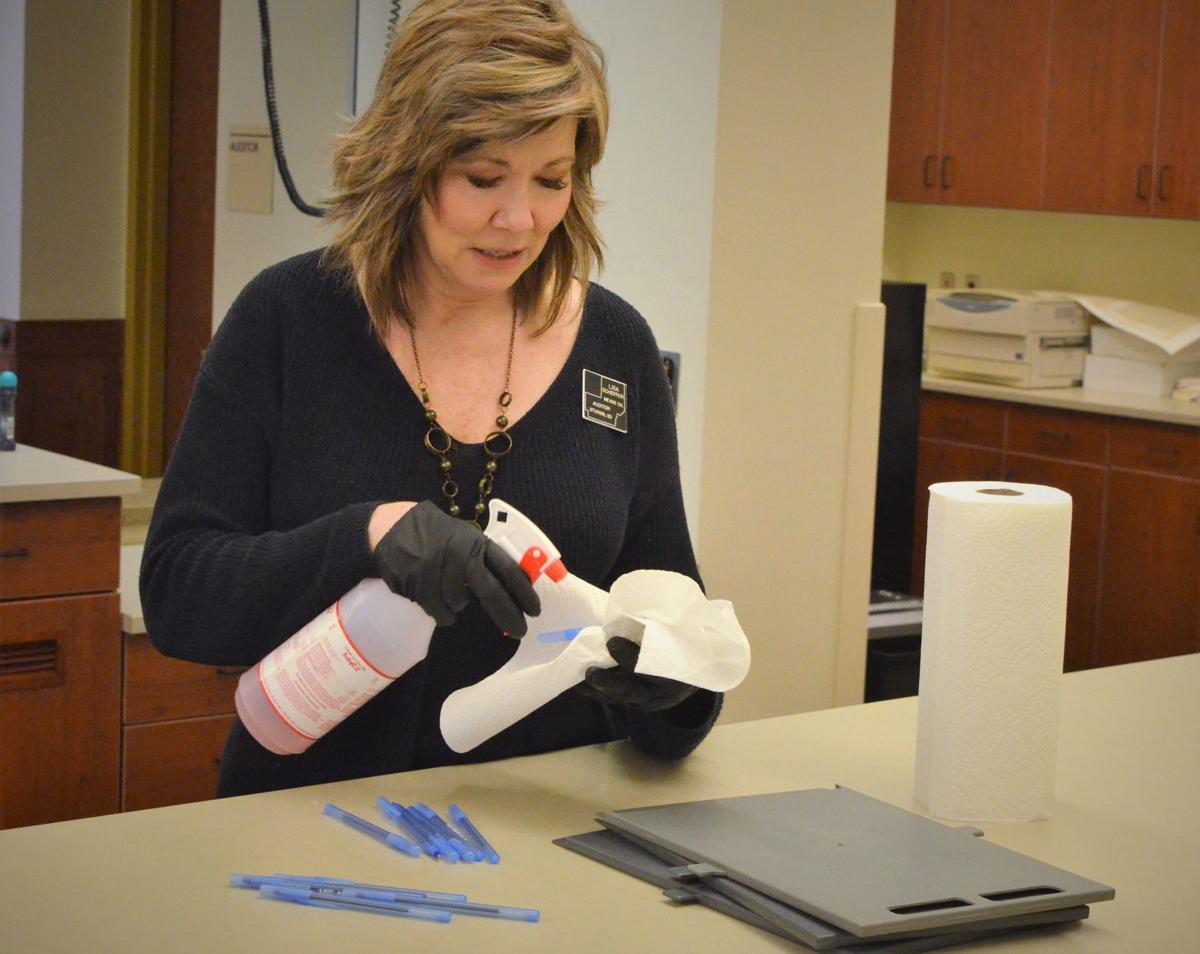
Preparations underway in SD and across US
In South Dakota, voters have been allowed to vote absentee since 1913, and the process was expanded to allow anyone to vote absentee for any reason in 2003. Voters can submit completed absentee ballots by mail or in person at their local auditor’s office until voting ends on Election Day.
To vote by mail, voters must be registered and request a ballot either through the application sent out by Barnett in April, the state’s online ballot portal, or at their local auditor’s office.
Ballot requests must be signed and include a copy of a voter’s official photo identification, such as a driver’s license. When received, the application signature is scanned by election workers, the ID is checked and if the application is approved, the ballot is then mailed to the voter.
Once the ballot is filled out, the sealed envelope containing the ballot must be signed on the outside and sent back to the auditor’s office, where the signature is compared with the application signature and must match.
If time allows, rejected ballot applications may be returned to voters, or the voter may be called and informed of any discrepancy. Approved ballots are then held in the sealed envelope until being opened and counted on Election Day. Anyone with questions can call their local auditor’s office or visit the state online ballot portal.
Susan Kiepke, Davison County auditor, said in an email to News Watch that her office has encouraged people to vote absentee by mail. In anticipation of receiving more absentee ballots, she has hired more people to process absentee ballots on Election Day. Kiepke said she expects the general election will go off without a hitch as it did in the primary.
“I don’t know of anything I would do differently, as the process went pretty smoothly,” she wrote.
Kiepke also said Mitchell-area voters should expect a safe environment at polling sites but may want to allow for more time due to coronavirus prevention.
Kiepke said her office will have masks, hand sanitizer, disinfecting wipes and Plexiglas shields in place between voters and poll workers.
“I am holding the election in one place as I did in the primary so that social distancing can be monitored,” Kiepke wrote. “I hired an individual specifically to maintain control, and only one voter is allowed at a table at a time.”
Across the country, secretaries of state who run elections are diligently preparing both for safe in-person voting and for collecting and processing mail ballots in a secure manner, said Maria Benson, spokeswoman for the National Association of Secretaries of State, a group representing public officials including Secretary Barnett.
Benson said that the national political rhetoric questioning the legitimacy of the 2020 general election has not affected the critical roles played by election officials at the state or local level. Instead, secretaries of state are focused on educating voters and running fair and safe elections during the pandemic and a time of unprecedented levels of by-mail voting.
“I don’t think voter misconduct is the big issue at hand; it’s more or less voter education and ensuring people understand the state laws surrounding voting by mail,” Benson said. “Free and fair elections are the cornerstone of our democracy, and the members of NASS are working diligently to work within state law and not only run those fair elections, but also to educate voters about any changes that might have occurred this election cycle.”
Much emphasis is being placed on preparing polling sites in regard to protection from the virus and maintaining electoral integrity, Benson said. “State and local election officials are trying diligently to obtain the proper PPE,” she said, referring to personal protective equipment. “This has been an ongoing process that election officials are definitely knee-deep in and consulting with their state health officials to help keep voters and election workers safe.”
Benson said some states do expect possible delays in reporting of initial election results, which are typically unofficial until well after Election Day.
“The canvassing and certification process to make results official takes time and depends on state law,” she said. “That’s normal, but it might be something that most voters haven’t thought about before.”
Pennington County Auditor Cindy Mohler expects the county will mail out about 20,000 absentee ballots to voters who want to avoid going to the polls on election day. Mohler saw the impact of the pandemic on early voting in the June primary election, when the county saw 13,000 absentee ballots cast and only 8,500 cast in person.
She also attributes the high level of absentee voting to the fact that voters were mailed their ballot applications and due to an increased awareness that voting by mail was not only available as an option but is also very convenient.
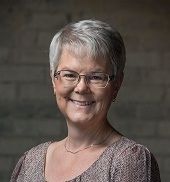
Mohler said the signature-checking process is an important and effective security measure. The dual signatures is also an area where voters can make an error, by forgetting to sign both documents or signing in different ways, and potentially render their ballot invalid. But Mohler said that is a rare occurrence in Pennington County.
If errors are found prior to election day, Mohler’s staff will try to contact the voter and give them a chance to fix the error. Ballots that are questioned on election day are reviewed and a determination of validity is made by a non-partisan absentee ballot board, she said.
“It really does not happen that often,” Mohler said, adding that fewer than 10 discrepancies occurred during the primary in which more than 20,000 people voted. “If we have time, we do call and tell them you can drop down at the office and clear it up.”
Amy Scott-Stoltz, president of the League of Women Voters of South Dakota, said voter interest in candidates and issues is high this election season.
The league is a national non-partisan organization that promotes civic engagement and voter education. In South Dakota, the league created a website where voters can quickly get information about candidates in their area and on statewide ballot measures.
The league election information website, 411.org, was accessed by more than 2,500 people from 100 different South Dakota cities in the 2016 general election and by 3,300 people from 120 different South Dakota cities in the 2018 midterm election, she said.
Scott-Stoltz expects mail-in voting will become more popular in America and South Dakota in the coming years.
“A lot of people are using the absentee ballot for the fist time and finding the convenience of it,” she said. “They’re able to do research with the ballot right in front of them and really become more educated before they vote.”
Links to SD election information
Here are some links to websites with information to help voters prepare for and participate in the 2020 general election.
Click here for the South Dakota Secretary of State election-information page, with details on candidates, election dates, ballot information and more.
Click here for the South Dakota Secretary of State online portal to check eligibility, see a sample ballot, find in-person polling sites or track an absentee ballot.
Click here for county auditor contact information.
Click here for the League of Women Voters candidate information site.
Voter fraud remains rare
Scott-Stoltz said that significant research indicates that neither Democrats nor Republicans tend to benefit or suffer more when widespread voting-by-mail is allowed.
“What the research has shown is that voting by mail does not help or hinder either party, but it does increase voter participation which is good because the more people that vote, the better we elect people who reflect our communities,” she said.
Confirmed cases of voter fraud are uncommon in America and most cases result in prosecutions. Recent data analyses have also found that fraud is rare in the five states — Colorado, Hawaii, Oregon, Utah and Washington — where widespread vote-by-mail has taken place for years and in which ballots are sent directly to registered voters.
A database created by the Heritage Foundation revealed 1,296 incidents of voter fraud across the country dating back to 1982, resulting in 1,120 criminal convictions and 143 civil penalties or enrollments in judicial diversion programs.
An analysis of the Heritage data by the Brookings Institution found only 29 attempts at fraud in voting-by-mail had occurred in those five states over a combined period of 52 years in which about 50 million votes were cast.
The Heritage database showed that South Dakota had five cases of election fraud from 2005 to 2020, three of which were related to candidate petitions and two which consisted of voters casting more than one ballot. All cases ended in criminal convictions or entry into a judicial diversion program.
Scott-Stoltz said she visited polling sites and the election headquarters in Sioux Falls during the primary and was impressed by the checks-and-balances in vote tabulation and also with the extent of COVID-19 safety measures.
South Dakota election fraud cases
Here is a look at the five South Dakota election fraud cases included in the national Heritage Foundation database of incidents from 2000 onward.
2015 — Janice Howe, of Harrold, received probation in 2015 on a perjury charge after falsely vouching for signatures made on a petition for a statewide constitutional amendment in 1999.
2015 — Clayton G. Walker, of Black Hawk,. was sentenced to probation on charges of perjury and offering a false or forged instrument on an electoral nominating petition in a U.S. Senate race.
2015 — Annette Bosworth, of Sioux Falls, was sentenced to probation on charges of perjury and filing false documents due to misrepresentations on a candidate petition in a U.S. Senate race.
2013 — Craig Guymon, of Mitchell, voted twice in a school board election, once in person and once by absentee ballot. He was convicted and sentenced to a month in jail.
2005 — Rudolph Vargas, also known as Rudolph Running Shield, of Pine Ridge, was convicted of submitting two absentee ballots in the 2004 general election and served some time in jail.
Sources: Heritage Foundation, South Dakota news archives
Many polling sites across the state feature floor marking to improve social distancing, extensive cleaning and disinfecting of surfaces and even single-use pens that reduce the chance of spreading the virus.
Scott-Stoltz said election workers took great care in checking signatures on absentee ballots and applications to ensure that no one voted twice or in any fraudulent way.
“To be able to see the process can sometime help diminish concerns,” she said. “It increased my confidence in what’s being done.”
Scott-Stoltz said South Dakota voters should take comfort in knowing that election officials and poll workers tend to have a strong commitment to integrity.
“There are a lot of good people that are doing this to help their communities and doing it the right way,” she said. “South Dakotans are overall great people, and if you remember that the people doing the work are your neighbors and your friends, it will make it easier to trust the process.”
Scott-Stoltz said voters should be patient as election results roll in on Nov. 3 and thereafter as it may take more time than usual for some states, including South Dakota, to count large numbers of absentee ballots and do so accurately.
“What we look for is our elections to be secure and correct, so the quickness of it is not as much of a priority as long as they’re doing what is necessary to make sure it’s secure and correct,” Scott-Stoltz said. “Part of what we need to do is let our voters know that the results may not coming in as quickly.”
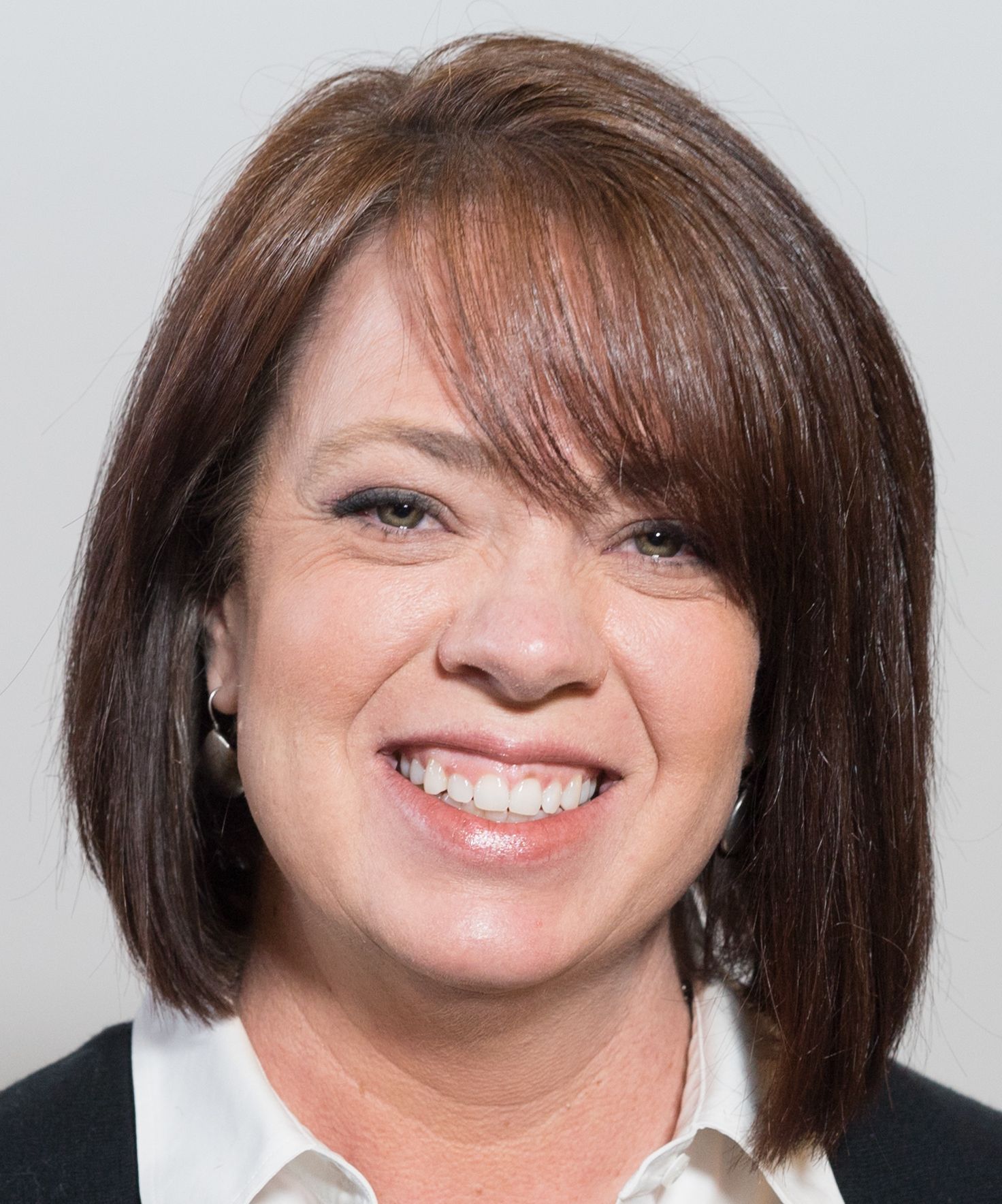
“South Dakotans are overall great people, and if you remember that the people doing the [election] work are your neighbors and your friends, it will make it easier to trust the process.” -- Amy Scott-Stoltz, League of Women Voters
A process of constant review and improvement
Sue Roust of Sioux Falls spent 20 years as Minnehaha County auditor from 1991 to 2011 and continues to be involved in local elections. Roust was a member of the task force Litz formed after the primary to suggest improvements before the general election.
Roust said recent rhetoric has focused on the idea that voters may submit an absentee ballot and then try to vote again at the polls. President Trump recently suggested that voters should do just that in order to test whether their absentee ballot was counted, though elections officials have noted that even an attempt at voting twice is a felony.
Roust said checks are in place in South Dakota and elsewhere to prevent people from voting twice, and that poll workers will know if someone shows up to vote and has already mailed in or dropped off an absentee ballot.
In her two decades running local elections, Roust said she and her staffs processed more than a million votes and she recalls only five times when someone try to vote twice. “In every case it was an elderly voter and due more to confusion than intent to commit fraud,” she said.
In one incident, an elderly woman voted absentee and then was taken to the polls on election day by her daughter who insisted that her mother vote in person. The error was caught and determined to be “an honest misunderstanding,” Roust said.
A big part of running successful and accurate elections is learning from past mistakes or finding solutions to problems that took place, Roust said.
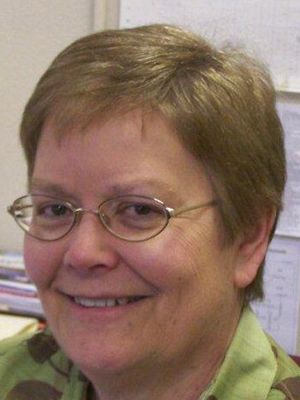
Roust helped change a law to stop holding primary elections on the first Tuesday in June, which sometimes put the vote on the day after the Memorial Day holiday, which did not give auditors enough time to prepare. She also helped enact a law that allowed for creation of more resolution boards, which are non-partisan panels that a review questionable ballots or those rejected by tabulating machines.
Early in her career, she also pushed for rules that allowed for greater access to the polls by people with physical disabilities.
“After every election, the auditors and the secretary of state analyze what went right, what went wrong, what we need to improve on, what we need to train better for, and in some cases what laws need to be changed to make things go better,” Roust said.
The recent task force in Minnehaha County was called after election results were delayed by one day during the June primary. The strongest recommendation by the task force was to encourage Litz to hire more people to handle absentee ballots, Roust said.
Litz faced a series of unique challenges during the June primary — holding an election amid a pandemic, managing separate city and county elections at the same time, and processing an unprecedented number of absentee ballots.
Voters submitted about 30,000 absentee ballots in the June primary, Litz said, with about 40% of those arriving in the last week of the early voting period. At one point, so many absentee ballots were dropped off at a slot in the door at the elections office that the door wouldn’t open, Litz said.
“It was like a rat passing through a snake,” Litz said. “And if everybody hangs onto their ballots and dumps them in at the last minute, we’ll be in the same place we were in June.”
At 1 a.m. on the day after the June primary, Litz decided to stop processing absentee ballots and pick up again at 7 a.m. The break delayed the reporting of unofficial election results but made the process more manageable and accurate, Litz said. At one point, 88 workers were opening, checking and processing absentee ballots, he said.
The June primary had some quirks, as is common in any big election, Litz said. For example, 654 ballots were cast but left blank and 326 ballots sent by mail arrived too late to be counted, he said.
Still, Litz does not endorse, nor appreciate, the rhetoric by Trump and others who are questioning the validity of the upcoming election or suggesting that widespread fraud or attempted fraud will occur.
“We all know that’s garbage; I’ve not yet seen evidence that this happens,” Litz said. “I think it’s BS and for that to be put out there, and for other people to play into that lie, it’s offensive and it’s also dangerous for our election process.”
Given her experience as a voter, auditor and election volunteer, Roust has a strong conviction that the 2020 general election, like all elections prior, will be conducted in a fair and accurate manner.
“We can trust our election process,” she said.




